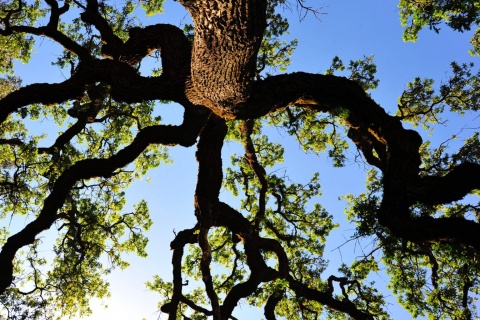
“In some parts, particularly the southern parts of this range, and on the southern foothills of the Sierra, [blue oaks] actually suffered from pretty extensive mortality due to that major, major drought,” Leander Anderegg, an assistant professor in the UCSB Department of Ecology, Evolution and Marine Biology said in an interview with the Nexus. In sites north of Santa Maria, for instance, 50% to 80% of the oaks on the landscape died. “For a blue oak that can live hundreds of years, seeing 50% of them die off in three years is pretty concerning. And so this has raised the specter for all of us like, ‘Oh, how vulnerable are oaks to climate change?’ Is this the Ghost of Christmas Future that we’re seeing?” Spurred by the mortality they were observing, Anderegg and his collaborators at UC Berkeley, the University of Quebec at Trois-Rivieres and the University of Bordeaux have since studied oaks across the west in North America, hoping to understand the resilience that the trees have to drought from the evolutionary and hydraulic perspective.